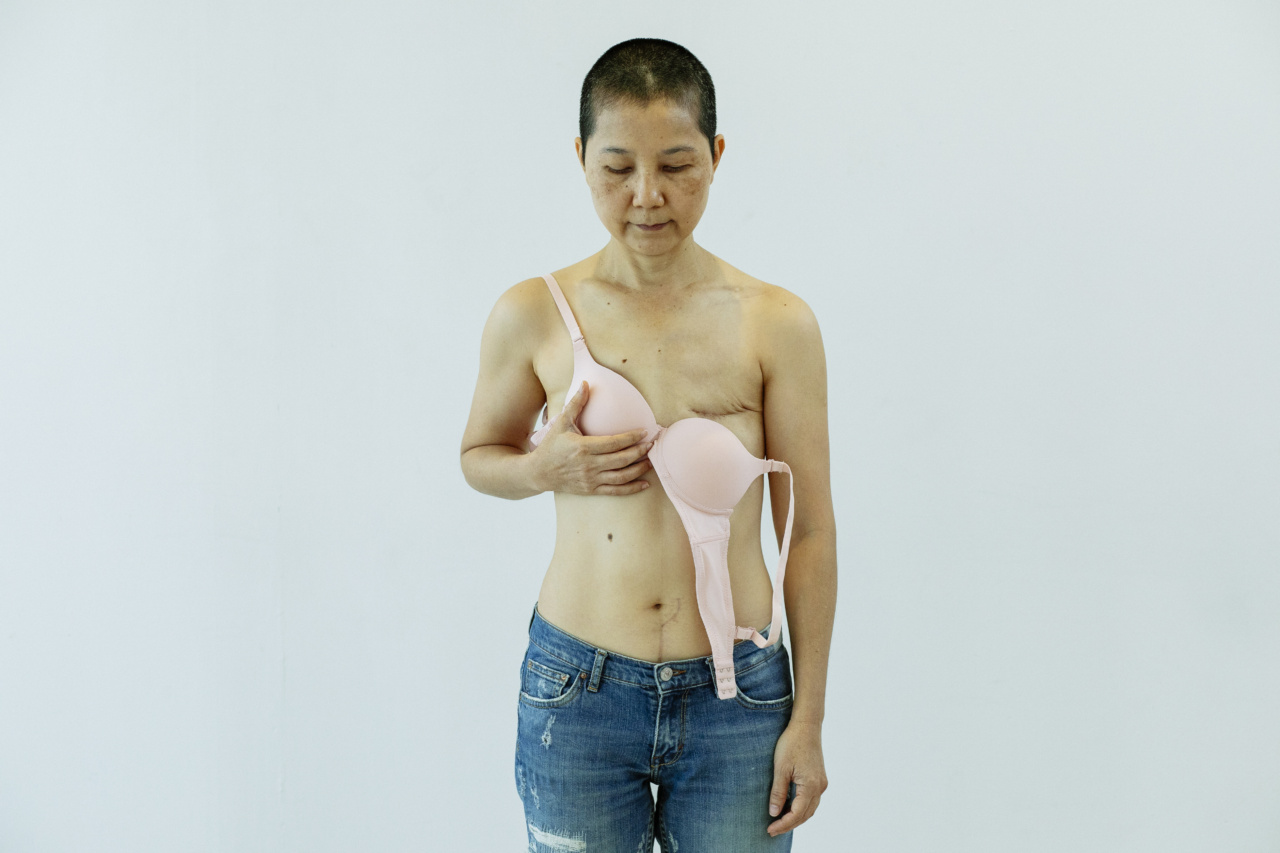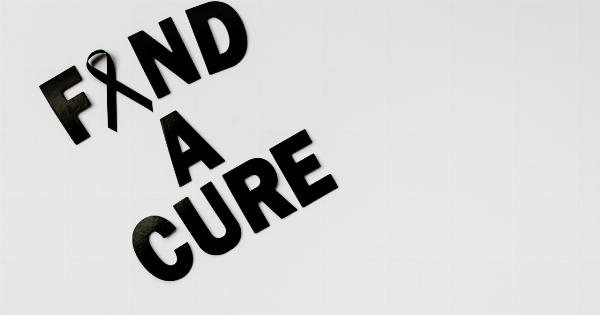For years, women have been warned that wearing a bra, particularly an underwire bra, can increase their risk of developing breast cancer. This myth has circulated for so long that it has become firmly ingrained in the public consciousness.
However, the truth is that there is no scientific evidence to support this myth. Here’s the real story behind the bra breast cancer myth.
Where did the Bra Breast Cancer Myth come from?
The idea that wearing a bra can cause breast cancer can be traced back to a 1995 book called Dressed to Kill: The Link Between Breast Cancer and Bras, by authors Sydney Ross Singer and Soma Grismaijer.
In the book, the authors claimed that wearing a bra for more than 12 hours a day could impede lymphatic drainage, leading to a buildup of toxins in breast tissue and an increased risk of breast cancer.
The book was widely criticized by medical experts for its lack of scientific evidence. In fact, a number of studies have examined the link between bra-wearing and breast cancer risk and found no evidence of a connection.
What does the science say?
Multiple studies have attempted to find a link between bra-wearing and breast cancer risk, and none have found a significant correlation.
In 2014, a study published in the Journal of the National Cancer Institute found that there was no association between wearing a bra and breast cancer risk. Researchers surveyed nearly 1,500 postmenopausal women, half of whom had been diagnosed with breast cancer, and found that there was no significant difference in bra-wearing habits between the two groups.
A 2019 study published in the International Journal of Cancer looked at over 5,000 women in France and found no association between bra-wearing and breast cancer risk.
The study also found no difference in risk between women who wore bras with underwire and those who wore bras without underwire.
What are the real risk factors for breast cancer?
While wearing a bra is not a risk factor for breast cancer, there are several factors that can increase a woman’s risk. These include:.
: Age
The risk of breast cancer increases as women get older. The majority of breast cancer cases occur in women over the age of 50.
: Family history
Women with a family history of breast cancer are at higher risk, particularly if their mother, sister, or daughter has been diagnosed.
: Genetics
Some genetic mutations, such as BRCA1 and BRCA2, can increase a woman’s risk of developing breast cancer.
: Hormonal factors
Women who started menstruating before the age of 12, went through menopause after the age of 55, or have never had children are at increased risk.
: Lifestyle factors
Being overweight, drinking alcohol, and not getting enough physical activity can also increase a woman’s risk of developing breast cancer.
Conclusion
The idea that wearing a bra can cause breast cancer is a persistent myth that has no basis in scientific fact. While there are many risk factors for breast cancer, wearing a bra is not one of them.
Women should not be worried about the supposed risks of bra-wearing and should continue to wear bras if they choose to do so.










